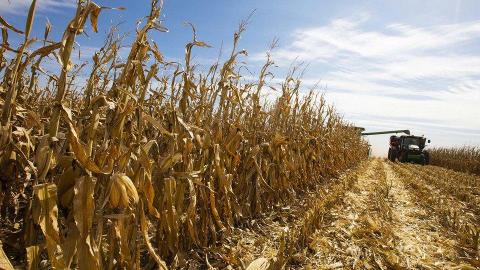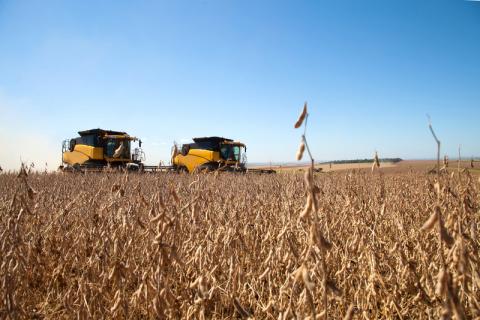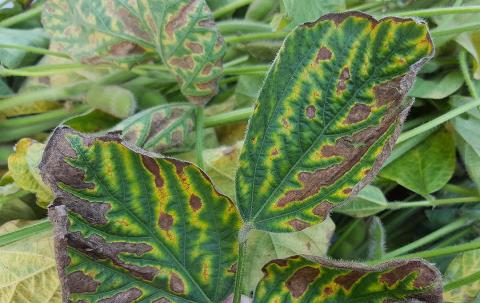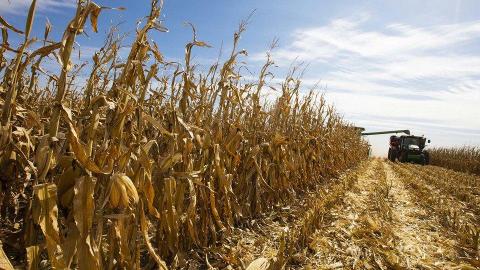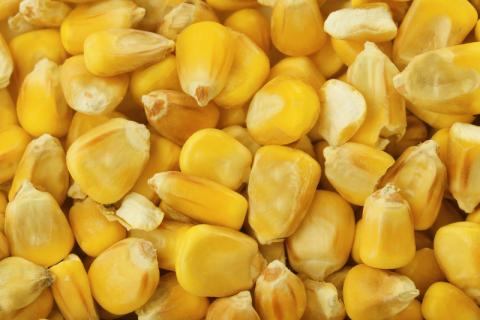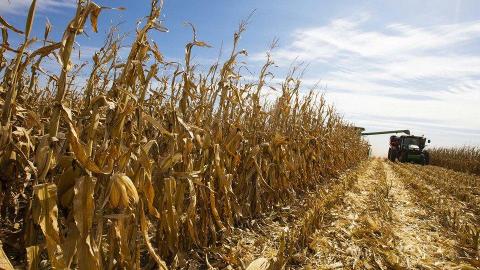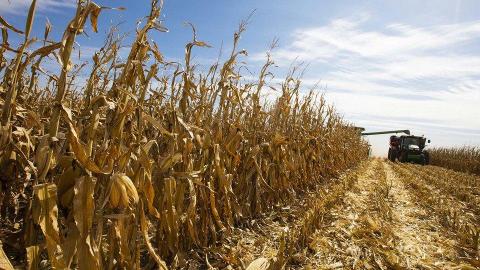Crop Progress: Harvest Winds Down for Soybeans, Corn at 82%
November 8, 2021
For the week ending Nov. 7, 2021, corn harvested was 82%, soybeans harvested was 95%, and sorghum, 85%.
Crop Progress: Soybean Harvest at 91%
November 3, 2021
For the week ending Oct. 31, 2021, corn harvest was at 72%, soybean harvest, 91%, and sorghum, 78%.
Seed Selection Can Help Manage Diseases Next Year
October 27, 2021
Reviewing diseases that have caused issues in previous years can help you select more disease-resistant corn hybrids and soybean varieties for the upcoming growing season.
Crop Progress: Harvest 2021 Continues Ahead of Average
October 26, 2021
For the week ending Oct. 24, 2021, harvest for corn, soybeans and sorghum continued ahead of schedule compared to average rate of recent years.
Crop Progress: Winter Wheat Planting Nearly Finished
October 19, 2021
As of Oct. 17, winter wheat planted was 93% — maintaining the same pace as last year's planting. Winter wheat emerged was 76%, which is slightly ahead of the 2020 growing season.
USDA NASS: Corn Production Forecast at Record High
October 14, 2021
Based on Oct. 1 conditions, Nebraska's 2021 corn production is forecast at a record 1.82 billion bushels, up 2% from last year's production. Yield is forecast at 190 bushels per acre, up 10 bushels from last year.
Crop Progress: Corn, Soybean, Sorghum Harvest Pushes Ahead of Average Pace
October 14, 2021
For the week ending Oct. 10, 2021: corn harvest was 29%, ahead of 22% average; soybean harvest was 60%, ahead of 42% average; and sorghum harvest was 38%, ahead of 24% average.
Crop Progress: Nebraska Harvest Continues at Near Average Pace
October 7, 2021
For the week ending Oct. 3, 2021, corn harvest was at 21%, soybean harvest was at 34% and sorghum harvest was at 21%.
